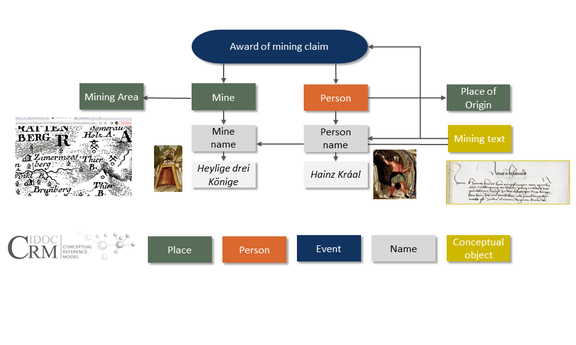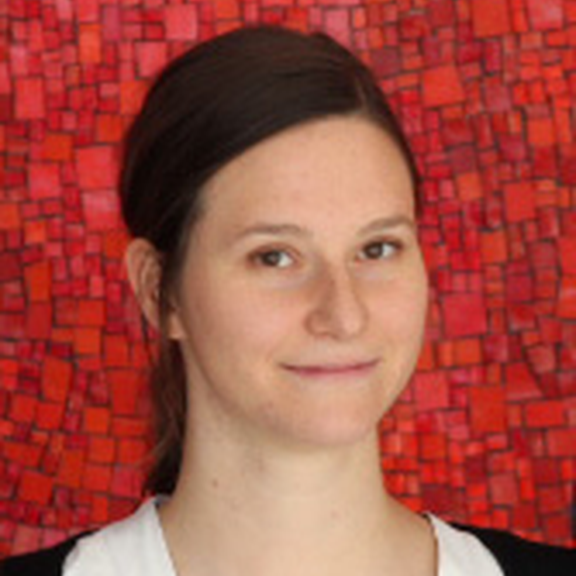The Austrian Academy of Sciences (OEAW) funded a project to create digital content for two medieval documents that contained information about mining activities in the 15th and 16th century in the lower Inn valley. This blog post illustrates how these two documents have been turned into digital resources with Transkribus, which are available online, and how the mining awards stated in these documents have been turned into a knowledge graph with the ability to explore the relations between mining areas, mines and people who had been awarded a mine. In addition, the extracted information was located in its geographic context and digital maps have been created to illustrate the awards related to mining areas or people and the provenance of miners working in the mines.
Two historical documents on late medieval mining
The holdings of the Tyrolean Provincial Archives (TLA) contain two historical sources from the 15th and 16th centuries, which are of special interest for mining research in Tyrol due to their uniqueness. The main contents of the documents are grants of mining rights.
The "Schwazer Berglehenbuch" (ca. 1515), also identified by TLA as "Hs. 1587", concerns - as the name suggests - one of the economically most important Austrian mining areas of the Middle Ages and early modern times: Schwaz. The first written sources from the 1420s mention the discovery of ore deposits in Schwaz. However, existing mining traces indicate mining activities in the Bronze Age as well as in the High Middle Ages. A real mining boom is recorded from the 1440s onwards, lasting until the middle of the 16th century (Neuhauser 2018).
The "Verleihbuch der Rattenberger Bergrichter" (1460-1463), also identified by TLA as "Hs. 37", concerns the adjacent mining district of Rattenberg to the east, which today may not have the same degree of notoriety as Schwaz. There, however, considerable mining activities began in 1460, which can be proven by the typical administrative documents. One of these documents is the Hs. 37 mentioned above that documents the rapid increase in mining activities, which lasted until the 1470s, with possible new discoveries of ore deposits.
Accordingly, the two manuscripts described were written during the economic boom of Tyrolean mining. They are displayed in Figure 1 with a map of their core areas.
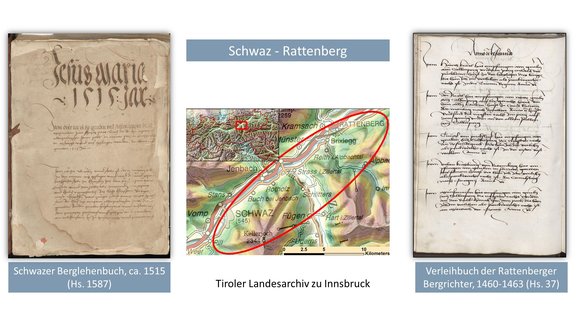
Figure 1 The two manuscripts and a map of the covered core area
Semantic representation of the content
The event-centered ontology of the CIDOC CRM (ORE ET AL. 2020) forms the semantic basis of the represented contexts of mining awards. With the help of this formalized ontology, which is oriented towards the cultural domain, a wide variety of information can be processed in a standardized way and linked with each other. The main classes defined in CIDOC-CRM are in the lower part of Figure 2 while the conceptual representation of an award from Hs. 37 page 55 are illustrated in the upper part. The events are the central link between people, places, physical and conceptual objects, which is why the model is also called event-centric. The semantic network was implemented in the form of a knowledge graph in RDF (W3C 2014) using the conceptual representation of Figure 2. This puts the data from the early mining texts into a semantically structured context and makes the mutual relationships between people, places and mines visible.
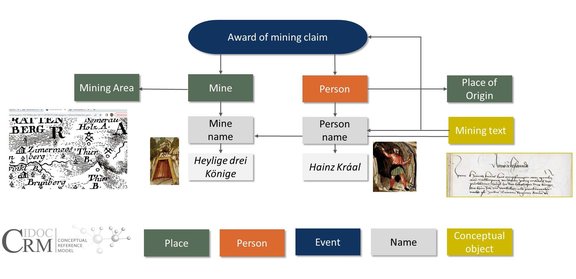
Publication on a read & search platform with access to maps and knowledge graph
The digital facsimiles and the corresponding transcripts of the "Schwazer Berglehenbuch" and the "Verleihbuch der Rattenberger Bergrichter" are available to the public on the online platform "Mining Hub". Interested parties can view the historical texts as facsimiles, read the transcription, and additionally search the text as well as the entity tags (person, mine, place and date). The tags were linked to a knowledge graph and as far as possible, the places and mining areas were also tagged with coordinates, which can be retrieved via the Mining Hub platform. If you access the Mining Hub at page 55 of the "Verleihbuch der Rattenberger Bergrichter", it is possible to select the tag of the mining area of “Silberberg” and display the location on the website of the Tyrol Historical Map (TIRIS) as illustrated in Figure 3.
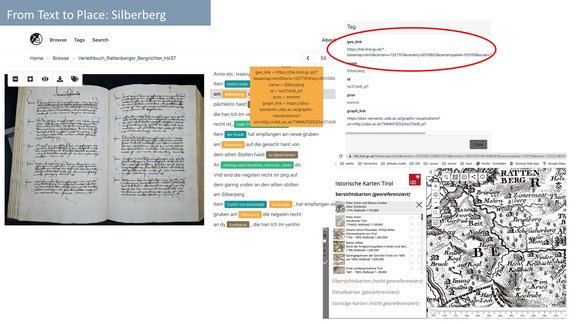
Figure 3 Page 55 on the read & search platform and access to historical maps
Figure 4 shows the link from the read & search plattform to the mine “Heilige Drei Könige” and the graphical interface of the knowledge graph. Double-clicking on different nodes opens up connected nodes and opens new information about the selected node. Information on the respective award dates of the mining rights, neighboring mines and prospecting judges are included.
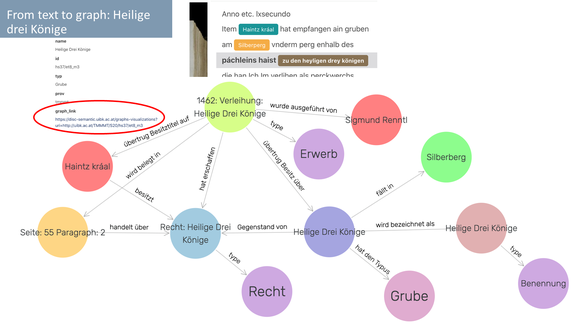
Figure 4 Award of the Mine “Heilige Drei Könige” in the graphical interface of the knowledge graph
Claim development map
With the help of the collected data, thematic maps can be created that visualize the content of the manuscripts and create new insights and possibilities for interpretation. The research team was able to georeference the locations mentioned in connection with Heinz Kral. Thus, it was possible to create four maps showing in which year Heinz Kral received a specific mining right and where the respective mine was located (see Figure 5). In 1460, Heinz Kral received two mining rights in the mining areas Thierberg (C) and Alpsteg (B). In 1461, he obtained an unnamed mine in the Silberberg mining area (D). 1462 was his most successful year. He was able to expand his property by 8 more pits and one logging site. The pits are located in the Holzalm (F), März (G), Silberberg (D), Pinzger (I), Mühlbichl (H) and Einberg (E) areas. And finally, in 1463, three more awards are recorded in the mining areas of Reckmoos (K), Einberg (E) and Ranntal (which could not be located).
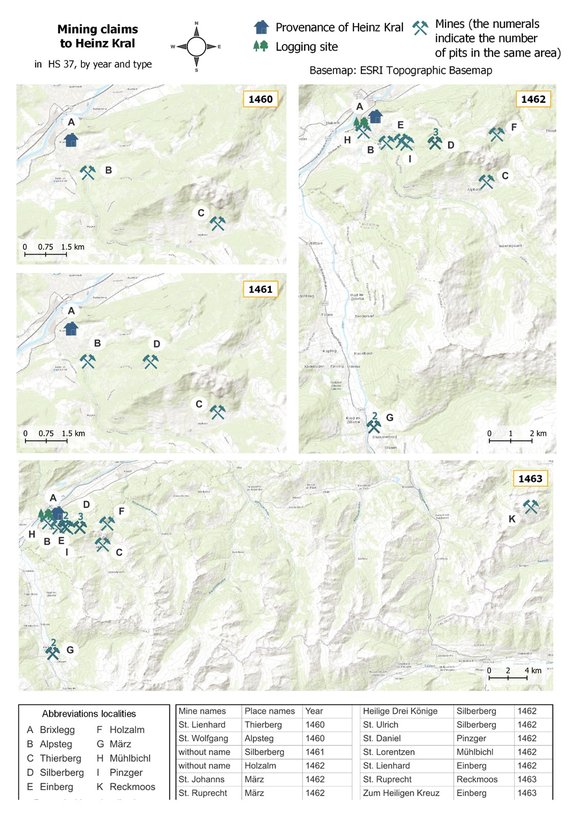
Figure 5 Mining rights of Heinz Kral from 1460 to 1463 as stated in the "Verleihbuch der Rattenberger Bergrichter"
Conclusion
We wanted to show new ways of presenting the information located in historical documents and found that the combination of the original text with a transcription leading to maps and a knowledge graph offers new ways of exploring the historical events represented in the sources.
Acknowledgements
The work was realized by an interdisciplinary team of researchers (Brigit Danthine, Elisabeth Gruber-Tokić, Gerald Hiebel, Andrea Mussmann, Milena Peralta Friedburg, Gerhard Rampl) and was funded by the Austrian Academy of Sciences in the course of the go!digital Next Generation program.
References
Ore, Ch.E. & Doerr, M. & Le Boeuf, P. & Stead. S. (2020): Definition of the CIDOC Conceptual Reference Model, http://www.cidoc-crm.org/Version/version-7.0.1 (23.11.2020).
w3c (2014): Resource Description Framework (RDF): http://www.w3.org/RDF/ (23.11.2020).
Gruber, Elisabeth (2016): Vergleichende Untersuchung der onymischen Umfelder ausgewählter Tiroler Bergbauareale, Dissertation am Institut für Sprachen und Literaturen Bereich Sprachwissenschaft, Leopold-Franzens-Universität, Innsbruck.
Gruber-Tokić, Elisabeth, Rampl Gerhard; Hiebel Gerald (2021): „Namen und Informationsmodellierung in frühneuhochdeutschen Bergbaudokumenten“ In: Namenkundliche Informationen Band 113 Leipziger Universitätsverlag, p. 193-218 .
Gruber-Tokić, Elisabeth (2022): Schwazer Berglehenbuch, approx. 1515 (Tiroler Landesarchiv Hs. 1587). Zenodo. https://doi.org/10.5281/zenodo.6274928
Gruber-Tokić, Elisabeth (2022): Verleihbuch der Rattenberger Bergrichter, 1460-1463 (Tiroler Landesarchiv Hs. 37). Zenodo. https://doi.org/10.5281/zenodo.6274562
Neuhauser, Georg (2018): Die Schwazer Bergchronik (1420-1728) und der Tod als ständiger Begleiter des Bergmannes, in: Kasper, Michael/Rollinger, Robert/Rudigier, Andreas: Sterben in den Bergen. Realität - Inszenierung - Verarbeitung. Wien u.a., 101-116.
Tschan, Wolfgang (2009): Das Schwazer Berglehenbuch von 1515 (Tiroler Landesarchiv, Codex 1587) mit linguistischen Erläuterungen von Peter Anreiter, Wien.
DOI: https://www.doi.org/10.48763/000005
This work is licensed under a Creative Commons Attribution 4.0 International License.
Written by Gerald Hiebel and Elisabeth Gruber-Tokić in April 2023.
About the author
My work focuses on research on methodologies that can be used to represent the complex knowledge arising from a (pre-)historic reality and the scientific research about this reality. They are from the fields of ontology engineering (in particular CIDOC CRM), knowledge graph creation, geoinformation systems, and computational linguistics (Named Entity Recognition, Named Entity Linking). While my main work field is archaeology, I also apply these methodologies in several projects from various fields of the Digital Humanities. My goal is to create e-infrastructures that can be used for research and the dissemination of knowledge about our past and how it was gained.
Research area
Semantic and Space-Oriented Information Technology in Archaeology
About the author
I am a researcher at the Department of Linguistics at the University of Innsbruck, participating in two projects: ViTA (project leader), Inventaria (research staff). My scientific focus is currently the creation of historical text corpora and the development of a related workflow to process historical documents, including digitization, transcription, semantic annotation and further the processing of data to create semantic representation of historical texts. Furthermore, I am involved in the scientific discipline of onomastics, specifically the research of microtoponyms and the historical development of names of pits and mines.
Research area
Onomastics, Historical Linguistics, Corpus Linguistics, Digital Humanities (Text Analysis, Data Visualization, Digital Visualization, GIS)

